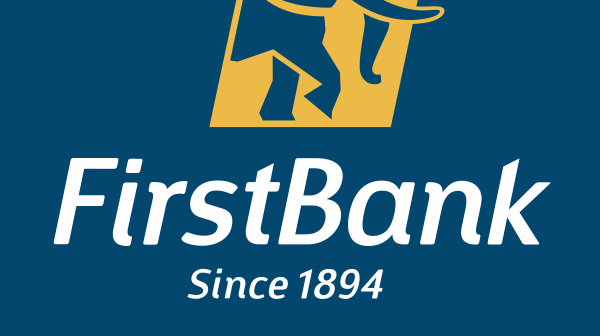Google has recently unveiled its groundbreaking Privacy Sandbox for Chrome, a development that promises to transform the way advertisers reach consumers. While this change has sparked discussions about user privacy, it also holds tremendous potential for advertisers. Here’s a closer look at how the Privacy Sandbox will empower advertisers to connect with their target audiences effectively.
The Privacy Sandbox represents a fundamental shift in the world of online advertising. Traditionally, advertisers have relied on third-party cookies to track user behavior and deliver targeted ads. With the introduction of the Privacy Sandbox, Chrome is departing from this conventional approach. Instead of cookies, Chrome will now utilize “advertising Topics” derived from users’ browsing histories to provide advertisers with valuable insights.
Chrome remains the dominant browser globally, commanding a substantial 63% market share as of May 2023, leaving competitors like Safari far behind at 13%. This means that the Privacy Sandbox’s impact will extend to a vast user base, providing advertisers with a remarkable opportunity to connect with a wide and diverse audience.
Advertisers will appreciate the new opportunities the Privacy Sandbox offers. By utilizing advertising Topics, advertisers can gain access to high-level summaries of user browsing behavior, enabling them to serve ads relevant to specific subjects. This level of targeted advertising can significantly enhance user engagement and conversion rates, ultimately benefiting advertisers.
Features like “Protected Audience” and “Attribution Reporting” will further streamline ad campaigns. These tools allow advertisers to target users who have already shown interest in their products or services, improving the efficiency of remarketing efforts. Additionally, the data collected through Attribution Reporting can provide invaluable insights into ad performance, enabling advertisers to refine their strategies for optimal results.
While the Privacy Sandbox represents a significant shift, it is essential to acknowledge the ongoing debate about user privacy. However, Google’s commitment to user privacy can help advertisers build trust with their target audiences. By offering a more transparent and privacy-focused approach to ad targeting, advertisers can demonstrate their respect for user data.
The Privacy Sandbox also aligns with evolving privacy regulations and user preferences. It emphasizes the importance of user consent, ensuring that advertisers only access data from users who opt in. This ethical approach can foster a positive relationship between advertisers and consumers, ultimately benefiting both parties.
In summary, Google’s Privacy Sandbox is a game-changer for advertisers seeking innovative ways to connect with consumers. By providing advertisers with access to advertising Topics and advanced features like Protected Audience and Attribution Reporting, Google is empowering advertisers to refine their targeting strategies and optimize their ad campaigns.
As the digital advertising landscape continues to evolve, advertisers who embrace the Privacy Sandbox and its user-centric approach to data will be well-positioned to succeed in reaching and engaging their target audiences effectively. With user consent at the forefront, this development ensures that advertising remains a valuable and ethical part of the online experience.







Comment
No comments found.